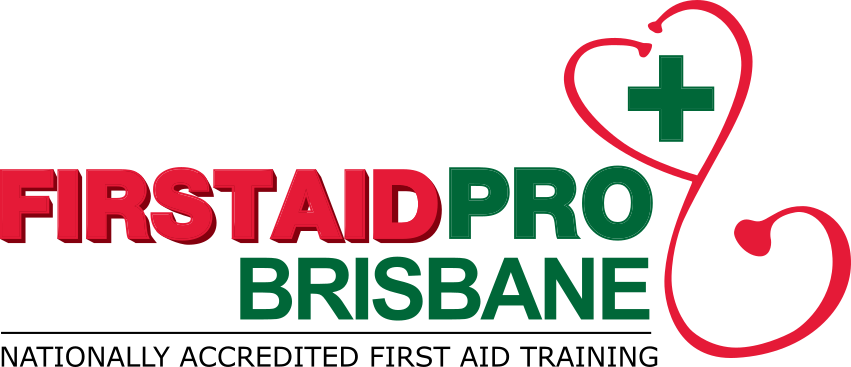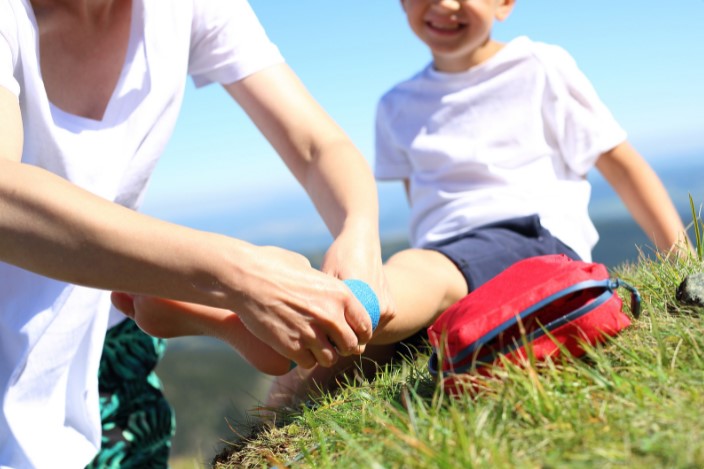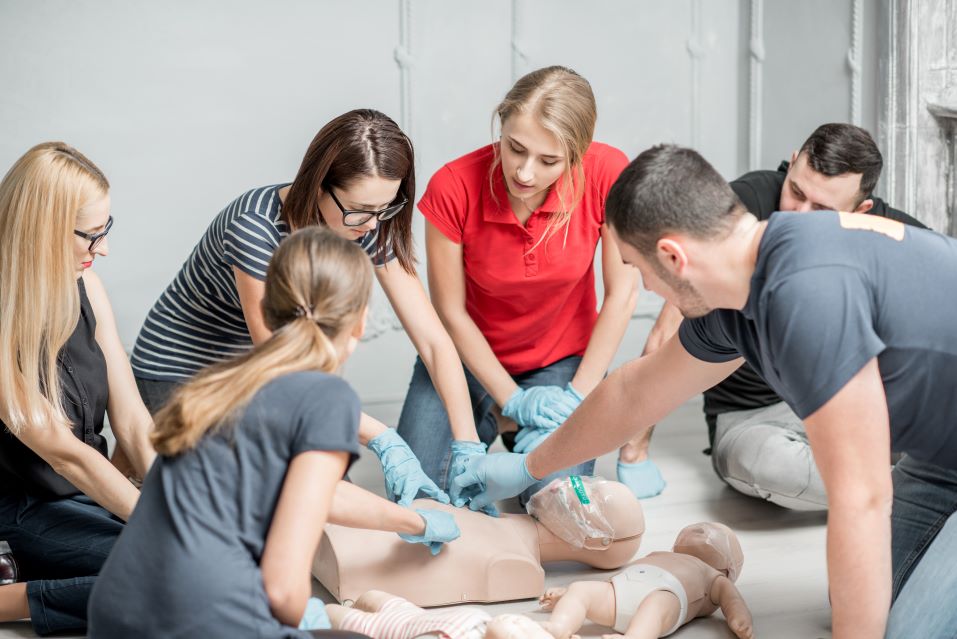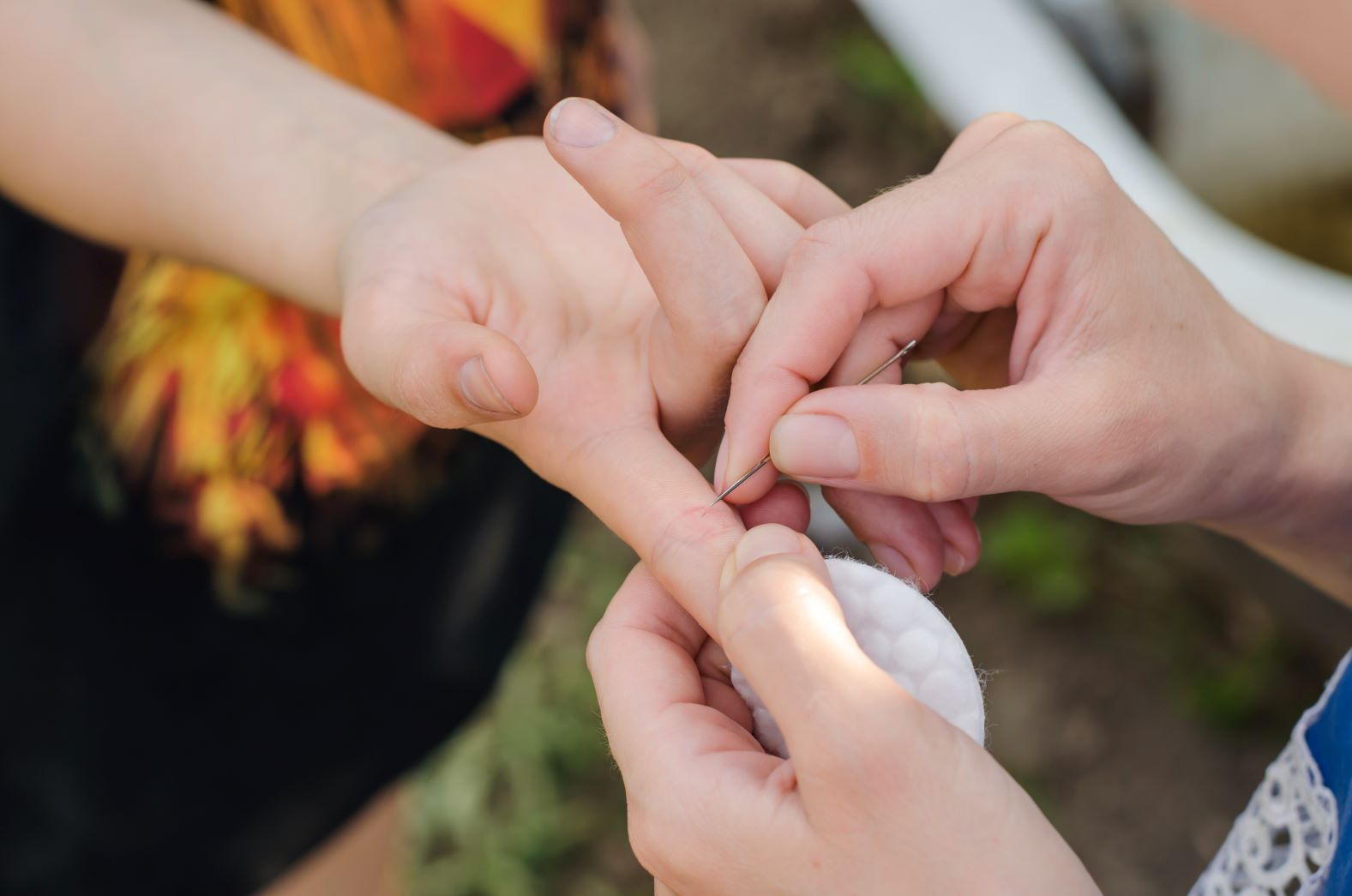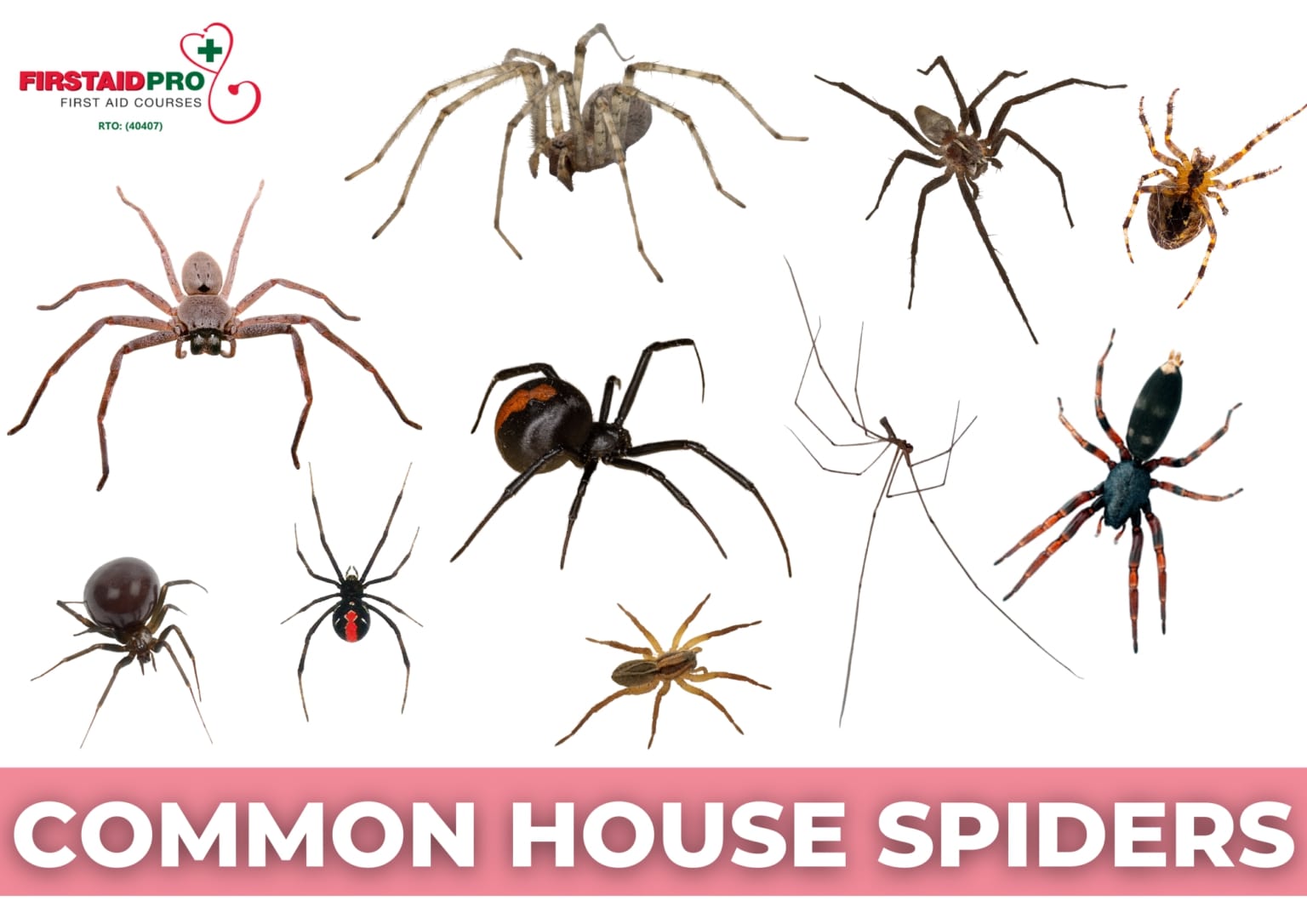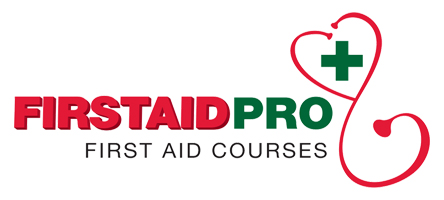Babyproofing a home is essential to give a child a safe space to play, grow, and explore without the risk of injuries.
For parents, remember that prevention is always better than cure. Ensure that every part of the home, including the nursery, bathroom, kitchen, fireplace, and play area, do not pose a threat to a child’s safety.
Here, we explore the babyproofing essentials, from tips and tricks to ensuring that the little ones will remain unharmed.
Promoting Child Safety At Home
From the moment a baby arrives, keeping them safe is no easy task. The risk increases as mobility and curiosity drive them to explore anything their curious eyes see.
According to the Australian Institute of Health and Welfare (AIHW), unintentional injuries are one on the top list of children fatalities in the country. It takes more lives than disease, violence, and suicide combined.
Small children have the highest risk of acquiring injuries at home because it is where they spend the majority of their time. Drowning is one of the top 5 causes of unintentional death in children ages one to 14. Other common causes of injury and fatalities in young kids include choking, accidental poisoning, and burns at home.
Babyproofing should start as early as possible, even if an infant cannot roll over yet. Parents will be surprised how these tiny little creatures can move around and get into things.
Babyproofing is never too soon. Take the time to do it when children are still brand new or even before they arrive – be proactive, rather than fixing things after an incident occurs.
6 Babyproofing Tips For Parents
Here are the things to do to maintain a safe environment for your little ones.
Identify High-Risk Zones
Parents and guardians must always be on the lookout for any potential sources of injury. The most common places are in the bathroom, kitchen, swimming pool, and bathtubs. Keep them away from water, heat, flame, chemicals and other toxic substances found under the kitchen sink or medicine cabinets.
Beware of the stairs and slippery floors as they can cause potential falls.
Use Child-Friendly Furniture
Baby-friendly furniture and equipment help protect the child from unintentional injuries. Always look for the Australian Standards mark when choosing cots, mattresses, porta cots, and highchairs for the little ones.
For change tables and safety gates, look carefully for safety features that the equipment guarantees. Ensure it is sturdy enough for a child not to pull it down or knock it over.
Manage Medication Storage
Medicine storage should be in a high, locked cabinet. A safe practice is to never take any medication out of the original container to avoid confusion. Avoid taking it in front of a child as there is a tendency for imitation, which is unsafe for them to do.
Cover The Sockets
Place an outlet cover on all electrical sockets to keep a child from getting an electric shock.
Look for childproof covers that require both hands to remove or those with plates to screw on. For extra protection, put large furniture in front of electrical outlets.
Lock It Up
Protect small children from household cleaners and harmful chemicals by storing these items in safe cabinets. Either store them high up, or install latches that immediately lock the door as it closes. Ensure you have childproofing on low cupboards and other storage.
Organize Cords
Poor cable and cords management can lead to accidents and injuries at home. Be sure to install cord holders or use cable ties to keep them organized and fastened in place. That way, small children cannot tug on the tangle of electrical wirings, leading to falls and other hazards.
What Is A Baby First Aid Kit?
A baby first aid kit is an essential part of babyproofing a home. It is a huge help in an emergency where no one has to run to the store to get the necessary supplies.
A first aid kit allows parents and guardians to attend to a child’s medical concerns right away. It is better to have a separate one for the baby to avoid switching medications for adults.
Conclusion
Babyproofing your home starts with breaking it down into tiny little steps. Start with the safety tips we’ve included above to ensure your child remains safe from any harm.
Parenting can be scary, especially when imagining little ones suffering from an accident or injury. For this reason, parents, guardians, and caregivers should acquire lifesaving skills such as CPR, the Heimlich manoeuvre (for babies), wound care, and more. While we all hope to never need to use such skills, it is still important to know them in case of an emergency.
At Brisbane First Aid Courses, we offer First Aid and CPR courses all year long. We also provide refresher courses should you want to refresh your lifesaving skills and keep knowledge up to date.
Visit our website for more information.
